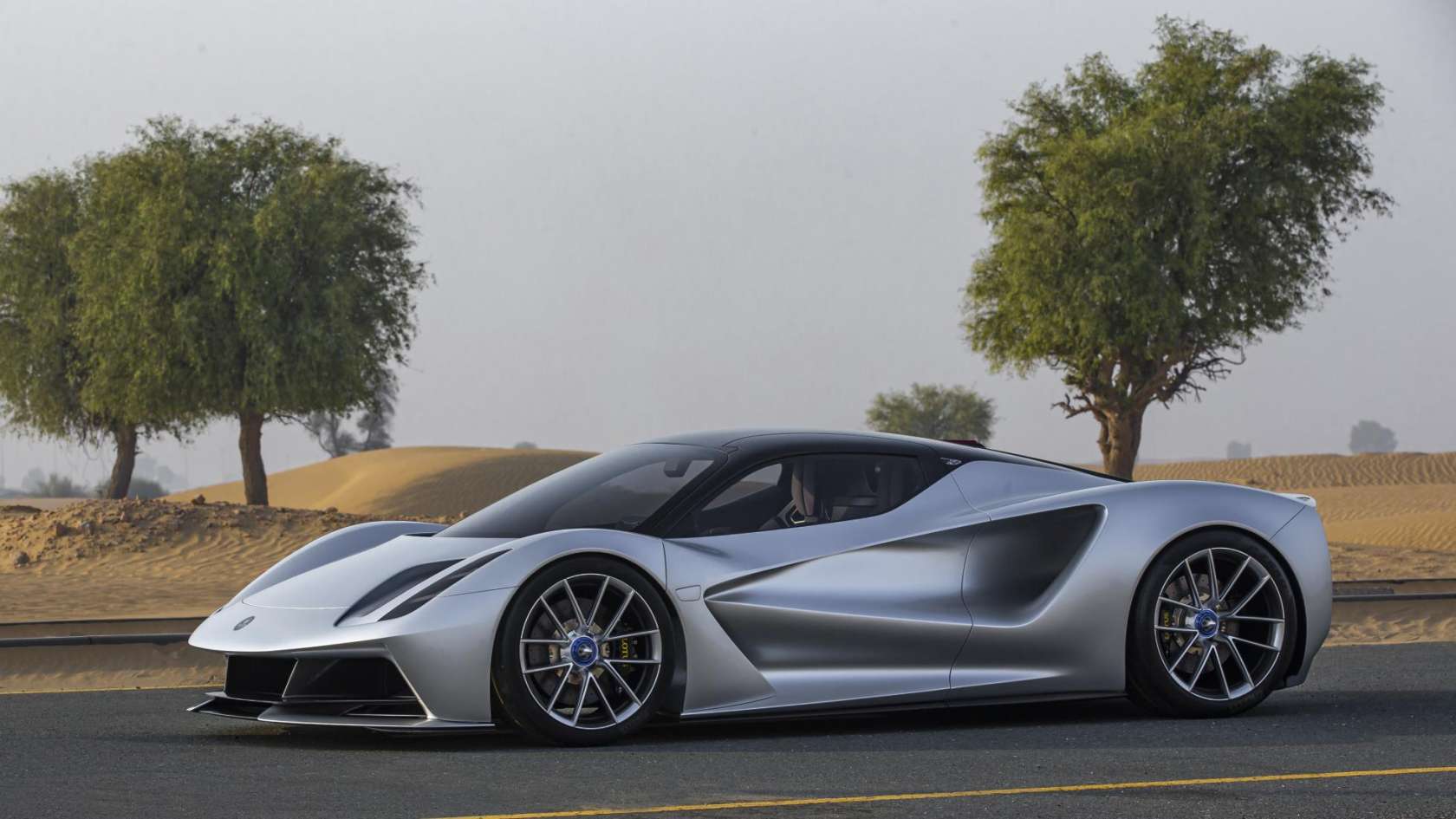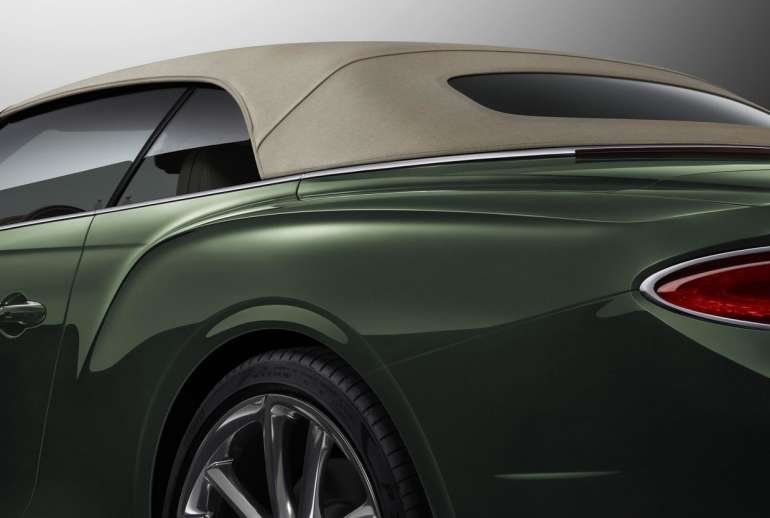We got a first taste of the Lotus Evija at 2019 Goodwood Festival of Speed. Back then, it was called the Type 130, and it’s the very first electric car from Lotus. The new Lotus Evija is currently in the midst of its world tour, making people from London, the U.S.A., and Japan gawk in amazement. Now, the Lotus Evija lands in Dubai, and it looks nothing short of breathtaking.

The press photos were something, but these new images of the Evija are extra special. It gives us a glimpse on what the car will look like on an actual road.
Lotus is touting the Evija to be the most powerful production car on Earth
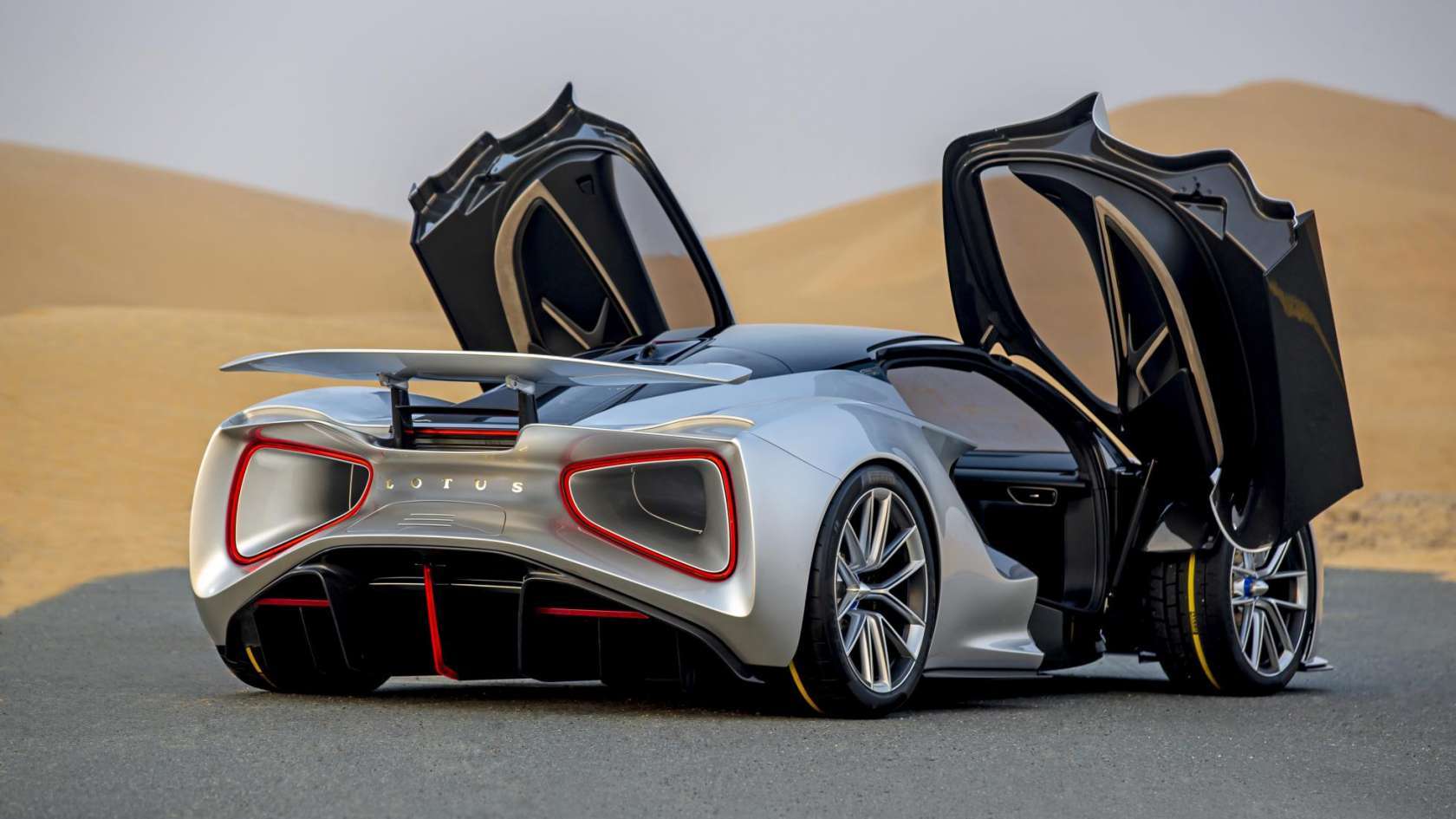
We’re not sure if Elon Musk or Pininfarina will agree, but Lotus is touting the Evija to be the most powerful production electric car on the planet. It’s also the first British all-electric hypercar, and it needs the braggadocio to be one, hence the ridiculous numbers. And when it comes to electric hypercars, it’s always about the numbers.
The Lotus Evija is equipped with not one or two, but four electric motors. Each unit churns out 500 PS or around 493-horsepower. Do the math and you have 2000 PS or exactly 1,972.64-horsepower. How about torque figures? Prepare to be blown away: 1,253 pound-feet (1,700 Nm). The Evija is more powerful than both the Rimac C_2 and the equally gorgeous Pininfarina Battista.
The Lotus name means lightweight performance
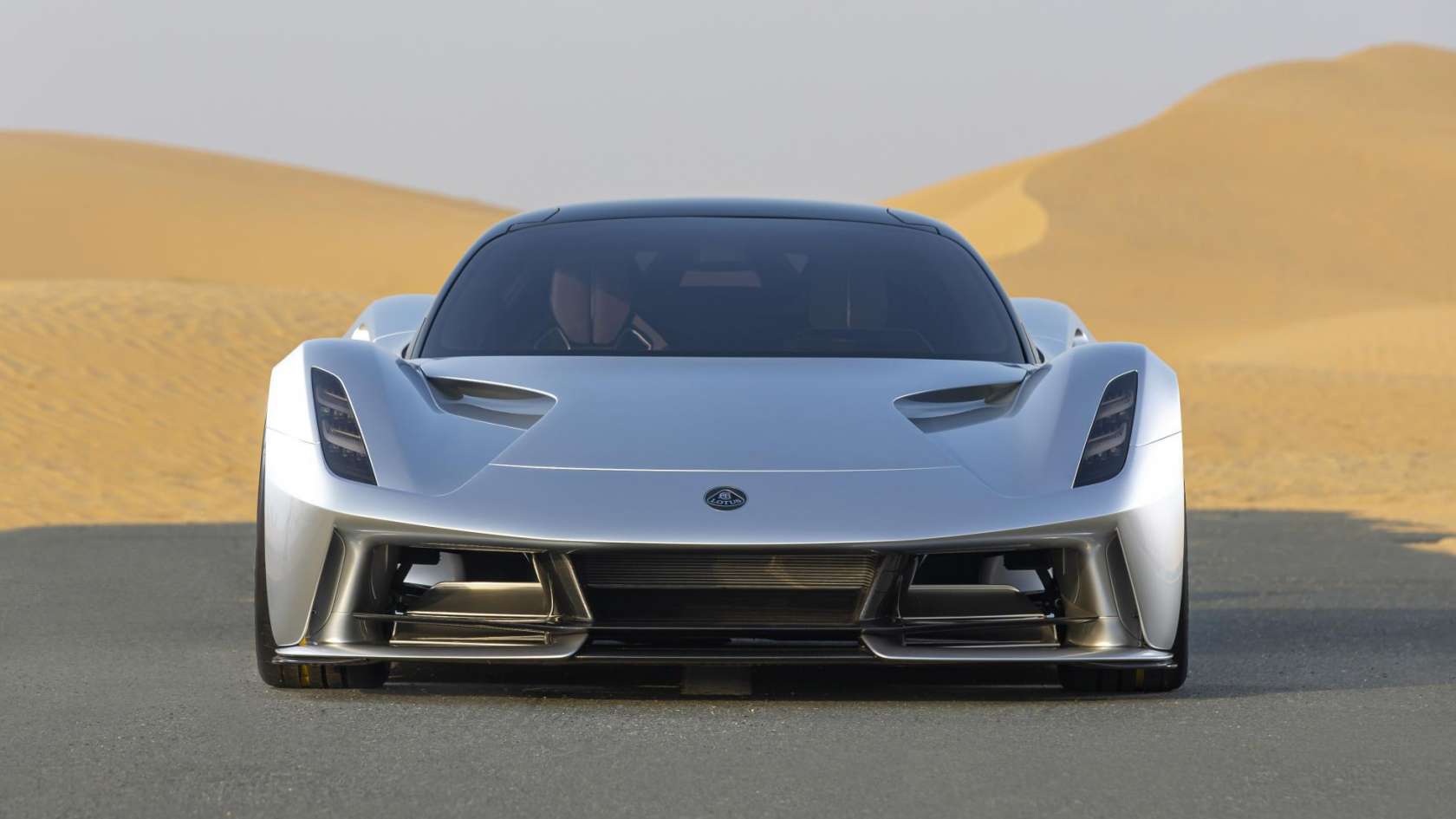
Those Norfolk blokes know how to make a car go fast around a corner, and they also know a thing or two about suspension tuning. In true Lotus tradition, the Evija benefits from a single-piece carbon fiber monocoque chassis. The lightweight construction allows the Evija to tip the scales at only 3,704 pounds (1,680 kilograms).

Withy 2,000 horsepower and a featherweight body, the Evija has no problems completing the 0 to 60 mph sprint in less than two seconds. From there, the Evija hits 124 mph three seconds later and 186 mph in less than nine seconds. Lotus claims a top speed of above 200 mph.
The Evija is designed to breathe the air it goes through
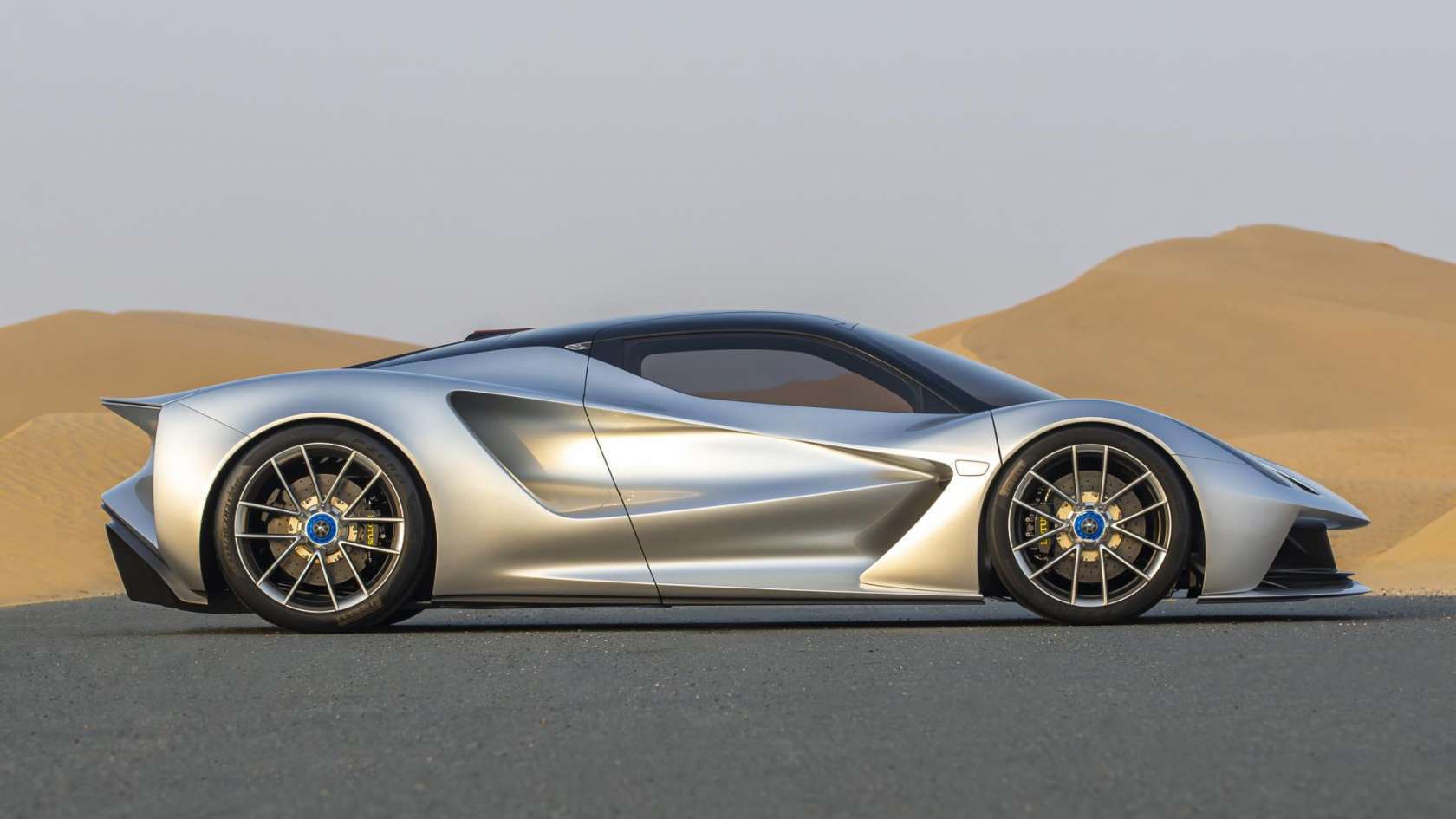
Those are Lotus’ own words. According to the British carmaker, the Evija is styled to be porous and achieve incredible downforce. Nothing describes this best than the integrated venturi tunnels in the rear of the car. Flanked by those awesome-looking LED rear lights, the tunnels work together with the F1-style DRS diffuser and massive rear spoiler to keep the Evija planted at speed.
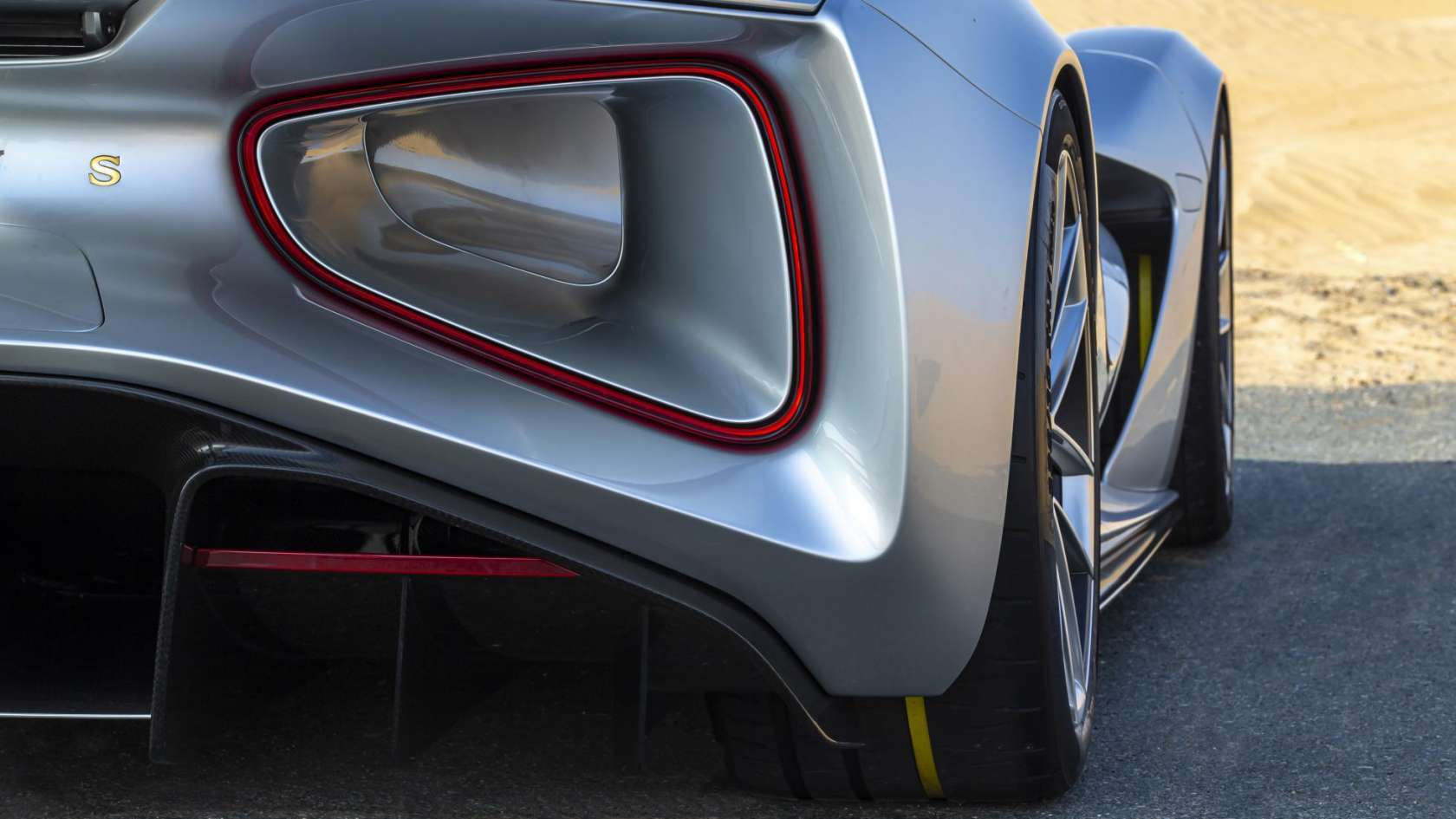
And in order to further enhance aerodynamic efficiency, the Evija utilizes cameras that pop out near the front fenders instead of conventional side mirrors. There’s also a rear camera mounted on the roof to give the driver clearer rear vision.
It also features the world’s fastest charging battery pack
The Lotus Evija has a mid-mounted 2,000 kWh lithium-ion battery pack, which is enough for 250-miles of range. If you run out of juice, charging the batteries using an 800-kW charger replenishes the cells in approximately nine minutes. But as of now, the highest-powered DC fast-chargers are only rated at 350-kW, which is still good enough to charge the Evija from zero to 80-percent capacity in around 12 minutes.
Prices for the Lotus Evija starts at $2.5-M

There are no other words to describe it – the Lotus Evija is a spectacular-looking car. But there’s a slight problem. It will cost around $2.5-million when it arrives next year, and Lotus is only making 130 examples of the Evija. If you’re looking for an interesting way to spend your hard-earned and much-awaited cash windfall, this is as beautiful as it gets.

